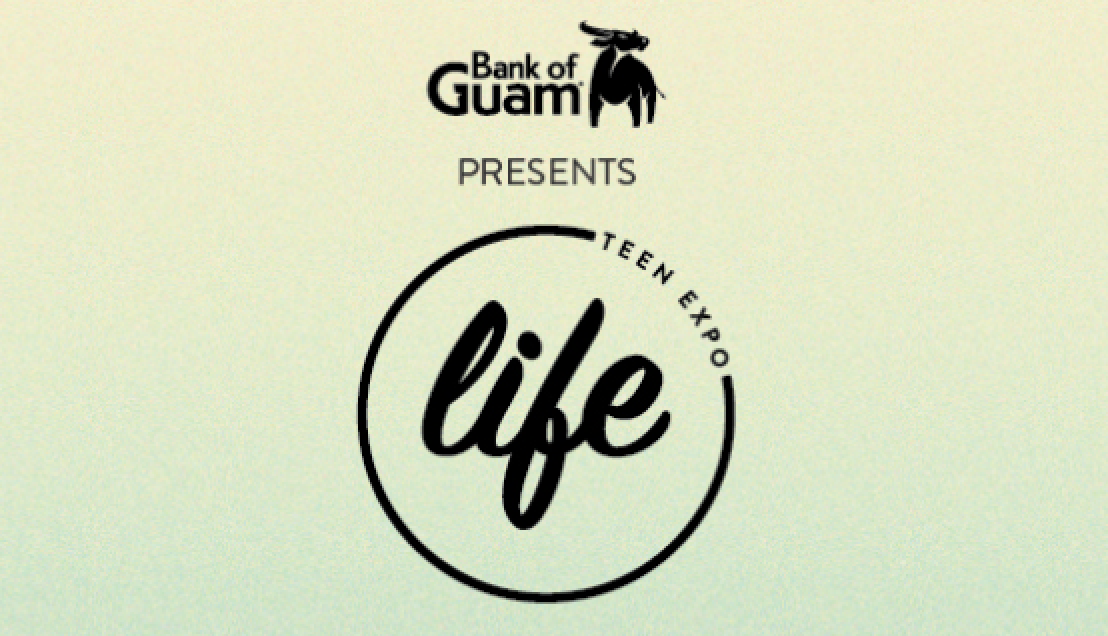LIFE Teen Expo (LTE) brings a variety of opportunities: college and career readiness, military recruitments and activities, financial literacy activities, social outreach programs, and schools have the opportunity to earn cash prizes for the live school Talent Showcase and school Spirit Award.
2019 LIFE (Live * Imagine * Fulfill * Experience) Teen Expo

2019 LIFE (Live * Imagine * Fulfill * Experience) Teen Expo
- Status: Past Project
- Possible Hours: 8+
- Categories: Social Justice, Peace and Kindness, Military and Veterans, Education and Literacy, Citizenship and Civic Engagement, Environment and Sustainability, Health and Wellness, Homelessness and Poverty, History and Culture
- Schools: Open to All Schools
- Project Start Date: 10/19/2019
- Project End Date: 10/19/2019
LIFE Teen Expo (LTE) brings a variety of opportunities: college and career readiness, military recruitments and activities, financial literacy activities, social outreach programs, and schools have the opportunity to earn cash prizes for the live school Talent Showcase and school Spirit Award.
Students should register for free at Eventbrite.com to participate in the workshops and be counted for the School Spirit Award contest.
It is possible to earn service learning hours by being part of the organizing committee, or by sharing your knowledge. If you are earning hours by sharing knowledge, here are some options: Slide show of photos, social media sharing, classroom presentations, posters, song-writing, poetry writing, wrting for school paper or in a letter to the editor of a school paper, or local paper. Ask your sponsoring teacher if your idea for sharing is acceptable.
Reflection will depend on activities and workshops students participated in. They will share their personal experience and what they learned from the various presenters and booths. Basically, address: What did you do? What did you learn? How do you think this project made a difference in improving life of teens? Do you think the LIFE Teen Expo should be an annual event? Why or Why not?
Standard 2: Creating Students will engage in the artistic process, acquire skills, and use them to communicate meaning in an original work of art.
HIGH SCHOOL: PROFICIENT LEVEL ONE
HSP1.2.1 Demonstrate refined physical coordination when moving or utilizing stillness at an intermediate level. EXAMPLE(S): alignment, agility, balance, strength
HSP1.2.2 Perform at an intermediate level in a dance genre. EXAMPLE(S): modern, ballet, jazz, tap, ballroom, social/recreational, ballroom
HSP1.2.3 Apply knowledge of dance vocabulary to distinguish how movement looks physically in space, time, and force/energy.
HSP1.2.4 Create a body of short studies of dance demonstrating originality, unity, and clarity of intent.
HSP1.2.5 Create and perform improvisations, studies, and composition with dynamic range.
HSP1.2.6 Identify and apply basic music elements to construct and perform dances. EXAMPLE(S): rhythm, meter, tempo, timbre HSP1.2.7 Design a dance that utilizes an established genre. HSP1.2.8 Demonstrate performance skill in the ability to interpret and communicate through dance.
Physical Education:
Standard 5: Responsible Personal and Social Behavior Students exhibit responsible personal and social behavior that respects self and others in physical activity settings.
HS.5.1 Demonstrate safe and appropriate use and care of equipment and facilities. EXAMPLE(S): Anticipate potentially dangerous situations related to physical activity (e.g., attach safety clip to shirt while operating the treadmill; check a softball bat prior to stepping up to the plate).
HS.5.2 Relate the benefits of physical activity to social and emotional well-being. EXAMPLE(S): Participate with friends and/or family in physical activities to relax or relieve stress.
HS.5.3 Describe the potential physiological risks associated with physical activity in various environments. EXAMPLE(S): Monitor temperature and humidity; drink water while in hot weather. HS.5.4 Apply game rules accurately and fairly during activity. EXAMPLE(S): Self-officiate a game of Frisbee with respect and compassion for children with individual differences.
HS.5.5 Develop strategies for inclusion of all students in physical activity. EXAMPLE(S): Use a ball with a sound device for a blind student.
HS.5.6 Demonstrate and apply appropriate rules of etiquette in games and activities. EXAMPLE(S): Escort a lady off the dance floor; no talking while a golfer is teeing off.
Standard 1: Culture Students learn about the systems of beliefs, knowledge, values, and traditions of various cultures and how those aspects influence human behavior. GH.1.1 Analyze patterns for preserving and transmitting culture, including the following: • Its function as it relates to customs, traditions, beliefs, language, values, and behavior • Cultural ethnocentrism • The reasons for and values of diversity and unity.
Standard 4: Government and Civics Students learn to achieve civic competence by studying the structures of power, authority, and governance. GH.4.1 Analyze political cartoons, political advertisements, pictures, and other graphic media concerning Guam’s government and civics. GH.4.2 Review information about Guam’s government and civics for accuracy, separating fact from opinion. GH.4.3 Formulate an informed, carefully reasoned position on a community issue. GH.4.4 Make arguments for or against positions about Guam’s government or civics using debates. GH.4.5 Describe the foundations of American constitutional government as it relates to Guam, including the following: • The fundamental principles of consent of the governed, limited government, rule of law, democracy, and representative government • The significance of the Declaration of Independence and the U.S. Constitution GH.4.6 Compare various political systems that have existed throughout the history of Guam.
Standard 1: Culture Students learn about the systems of beliefs, knowledge, values, and traditions of various cultures and how those aspects influence human behavior. US.1.1 Analyze primary and secondary source documents, records, and data, including artifacts, diaries, letters, journals, photographs, newspapers, historical accounts, and art, to increase understanding of events and life in the U.S.
CONTACT PERSON DETAILS
Acknowledged by Teacher/Guidance Counselor:
Print name: _____________________________
Signature:_______________________________
Date:______________________










